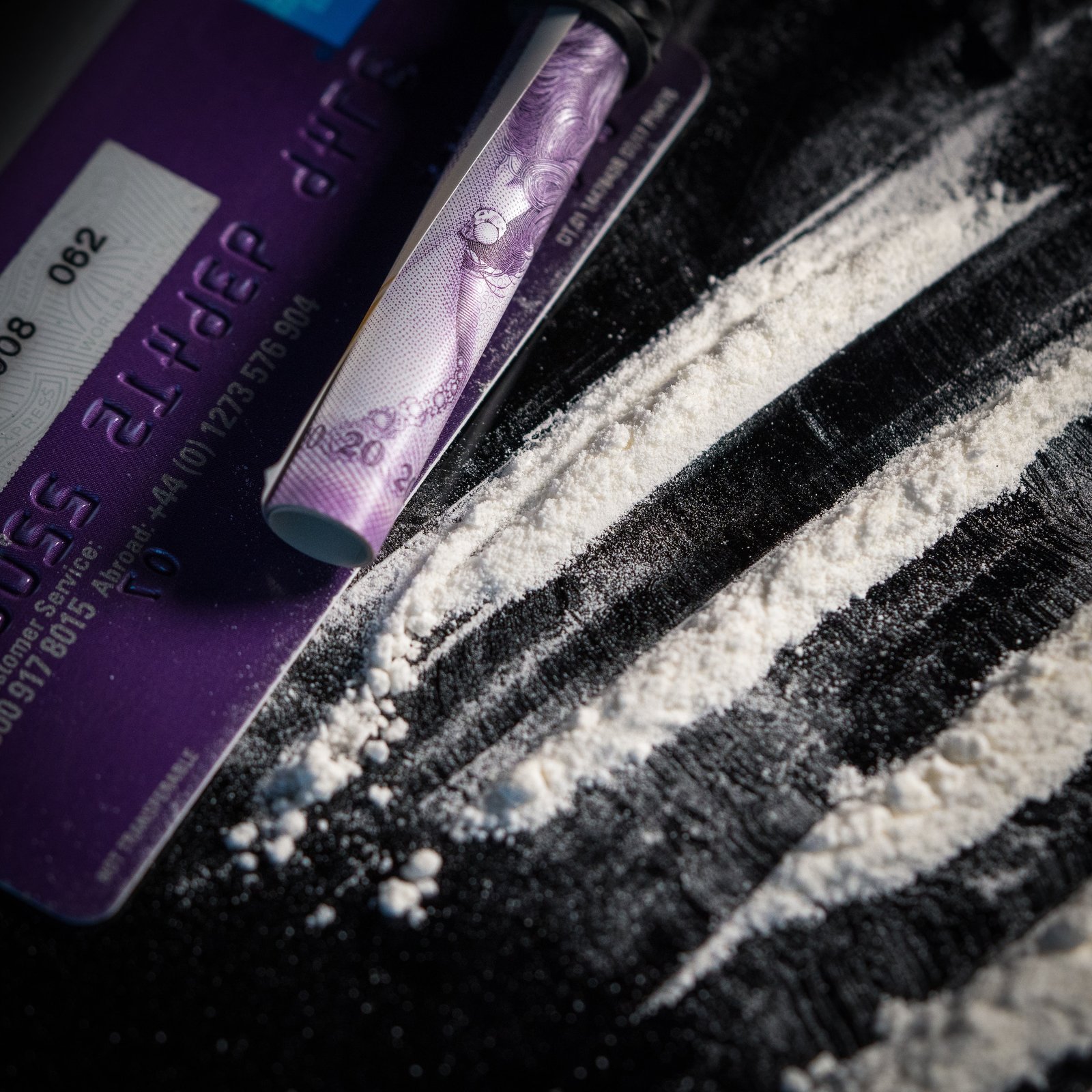Wastewater results show highest cocaine use in NSW
The Australian Criminal Intelligence Commission has today released the fifth report of the National Wastewater Drug Monitoring Program, revealing New South Wales reported the highest levels of average cocaine consumption in capital city and regional sites nationwide.
Based on wastewater findings, the Australian Criminal Intelligence Commission estimates 1,814.6 kilograms of cocaine is consumed in the state each year. In April 2018, New South Wales reported an increase in methylamphetamine consumption and had the highest average regional consumption of MDMA, MDA and fentanyl nationally.
Australian Criminal Intelligence Commission Chief Executive Officer, Mr Michael Phelan APM said: “The National Wastewater Drug Monitoring Program is the first of its kind in Australia, providing leading-edge, coordinated national research and intelligence on illicit and licit drugs.
“The program provides law enforcement, policy, regulatory and health agencies additional and more objective data on the use of methylamphetamine and 11 other drugs.
“This creates opportunities to shape the response to both the demand and the supply side of the illicit drug market, particularly in high-use areas.”
The fourth report provided conservative estimates of the weight of methylamphetamine, cocaine, MDMA and heroin consumed nationally in a year using wastewater data collected between August 2016 and August 2017. In this report we have included a breakdown of these estimates to the state and territory level.
“We estimate that 2,298.4 kilograms of methylamphetamine is consumed in New South Wales each year, as well as 1,814.6 kilograms of cocaine, 471.9 kilograms of MDMA and 239.9 kilograms of heroin,” Mr Phelan said.
For the fifth report, 47 wastewater sites were monitored nationally in April 2018, covering 54.8 per cent of Australia’s population—around 12.8 million people.
“On a national level, alcohol and nicotine remain the highest-consumed substances and methylamphetamine continues to be the most consumed illicit drug tested,” Mr Phelan said.
There were seven sites monitored in New South Wales in April 2018—three capital city sites and four regional sites.
The National Wastewater Drug Monitoring Program found that, compared to December 2017, of the substances tested in April 2018 in New South Wales:
• Nicotine and alcohol remain the highest consumed substances.
• Average methylamphetamine consumption increased in capital city and regional sites.
• Average cocaine consumption decreased in capital city and regional sites.
• Average MDMA consumption decreased in capital city and regional sites.
• Average MDA consumption decreased in capital city and regional sites.
• Average oxycodone consumption decreased in capital city sites and increased in regional sites.
• Average fentanyl consumption increased in capital city and regional sites.
• Average heroin consumption decreased in capital city and regional sites.
The Australian Criminal Intelligence Commission received $3.6 million over three years from Proceeds of Crime funding for the National Wastewater Drug Monitoring Program. The University of Queensland and the University of South Australia have been commissioned to deliver the program and prepare the research findings.
The full report is available on the Australian Criminal Intelligence Commission website: www.acic.gov.au
Image: Pixabay







